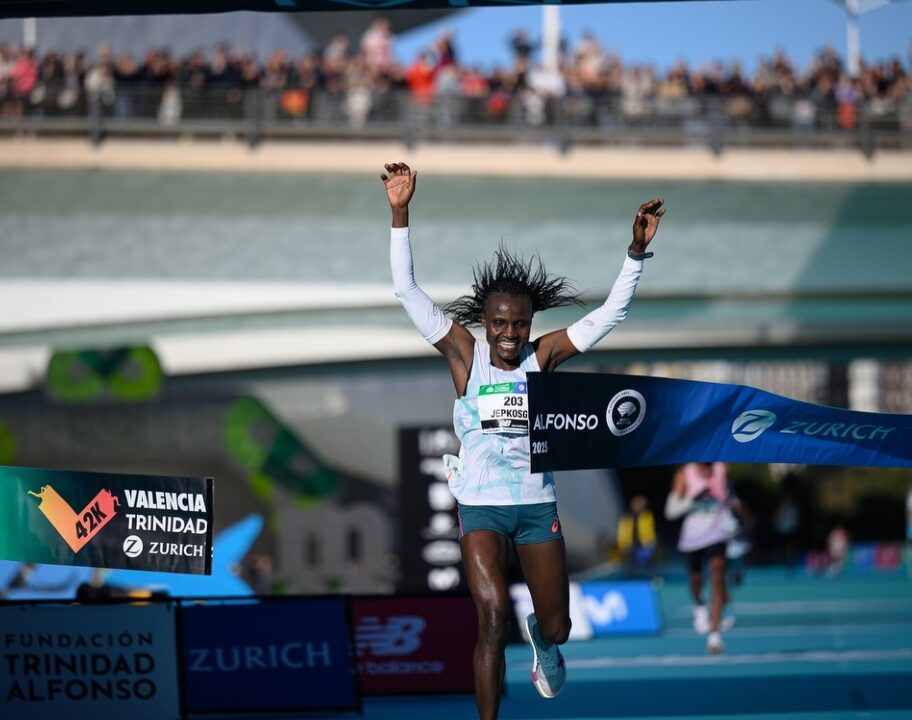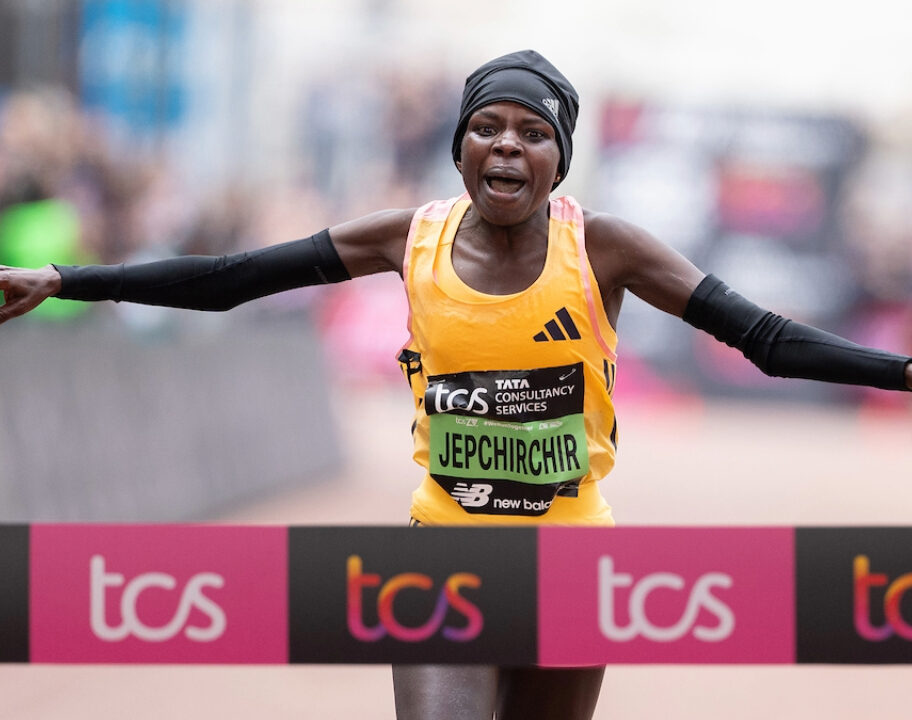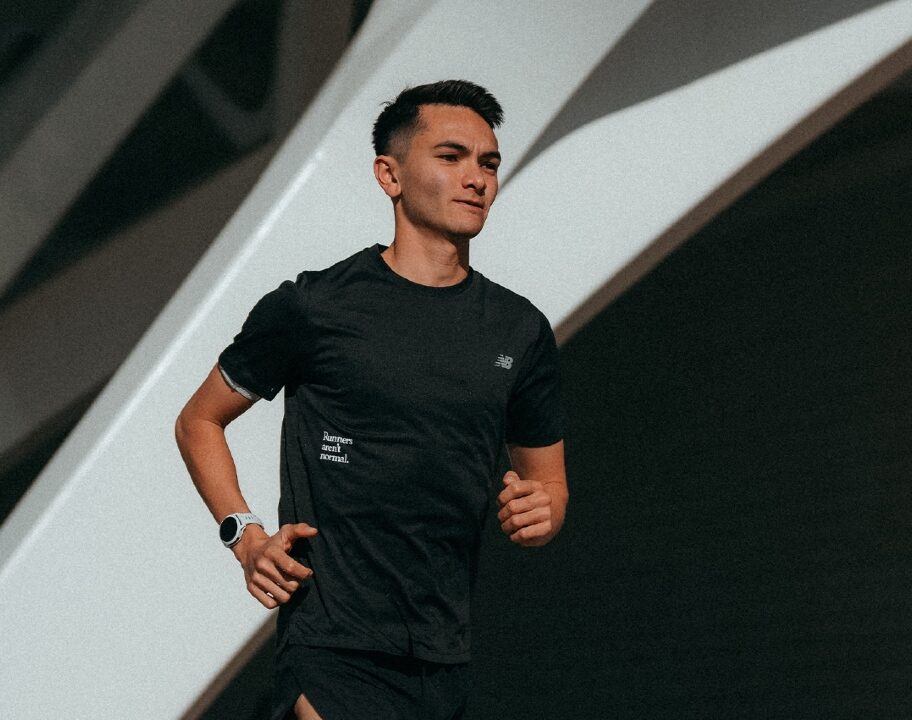NURVV Sport Scientist Anna Kosciuk’s shares her top tips for choosing the right running shoes.
Anna Kosciuk is a Sport Scientist and footwear specialist for NURVV. Over the years, she has worked with an array of runners of varying abilities from novice to professional athletes to analyse their motion biomechanics and educate them on factors that limit their athletic performance and increase likelihood of running – related injuries. Currently, she works as part of Biomechanics team at NURVV, where she is responsible for research behind the development of NURVV Run. NURVV Run is a new sports wearable that measures your running from both feet.

NURVV Run is for runners that want to improve their technique, to run faster and reduce injury risk and can help when choosing the right running shoes.
Prior to her work with NURVV, Anna spent four years working in a specialist footwear store where she delivered a structured, functional assessment of the foot and ankle. She also performed running gait analysis with an aim of fitting runners with the most perfect pair of running shoes based on their individual biomechanics. During that time, she also mastered the skill of custom insole design and manufacture.

Key things to consider when choosing the right running shoes:
Size and fit
The main thing to consider when choosing a pair of running shoes is definitely the fit and size of the trainers – you will be surprised to know how many times runners experience foot issues or general discomfort when running purely because their trainers are too narrow or simply too short!
Run to style
It’s also important to buy a pair of trainers that are appropriate for your natural running style – a lot of people still aren’t very aware of their running gait or familiar with their running metrics and end up buying shoes based on how they look or what they read about them rather than basing their choice on what they actually need as runners. This could be either in terms of knowing whether they need a neutral/supportive shoe or if they’re looking for a cushioned model or one that is slightly firmer.
From my experience females tend to go with more supportive shoes and males neutral, but this is still quite variable.
Both shoe types have certain benefits – neutral shoes are often lighter and more responsive, whereas shoes with support are generally heavier, however they are more likely to correct the movement of the foot inside the shoe.
Fit for purpose
Always choose a pair of trainers that is ‘fit for (your) purpose’ – whether it is for road/trail running, training or an actual race, running shoes must be selected accordingly to the course that you will be running at as well as type of running you most frequently engage in.
How can NURVV help
NURVV is a great tool to get you acquainted with different running metrics and to monitor your performance across different types of runs and in different footwear. During runs with NURVV, you will be given unique metrics, such as pronation, footstrike or balance which are key to your running style. These metrics are often affected by your shoe choice, which if not fitted/chosen correctly, might be detrimental to your performance and potentially lead to some running-related injuries. Via the Running Health feature in the NURVV app, it is also possible to monitor certain metrics over time to fully assess how your technique is changing and which areas need improving – some of which could be altered by changing to a more appropriate footwear choice.
We tested out a pair of NURVV Runs recently, you can read the round up here.
Find out more at their website here.





